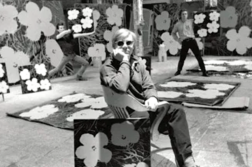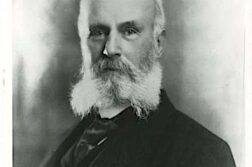ON A HOT NIGHT in April 2005, I walked with Kasim Mehedi, a worker for an AIDS outreach organization, through a rusty iron gate into the darkness of Hazrat Begum Park in the center of the city of Lucknow, India. During the day, the park is a popular tourist destination where visitors view two ornate mausoleums built in honor of Nawab Sa’adat Ali Khan (d.1814), a Mughal feudal lord, and his wife Hazrat Begum. At night, however, the park becomes a shadowy demimonde where drug addicts, prostitutes, homosexuals, and others rejected by polite Lucknow society congregate.
As Kasim passed out free condoms to the park’s denizens, he introduced me to a young woman wearing salwar kamiss, traditional female clothing. As I stumbled through a short conversation with her in Hindi, I realized that she was not actually a woman but a hijra, a transsexual—perhaps a modern version of the Mughal court eunuchs. Hijras live communally and usually earn their living from dancing, singing, and prostitution. A small group of men gathered around Kasim, the hijra, whose name was Nandini, and me. They wanted to know about gay life in America. “I hear that homosexuals can marry their pyaari [lover]in America. Is that true?” I replied that I did not think this was the case in most states. Nandini persisted: “You must introduce me to American men. I want to move to your country and become a housewife.” I assured her that she would probably fit right in if she moved to New York City.
Only later, when I recalled my comment to Nandini, did I question my own assumption. Would she really fit into New York’s gay scene?






